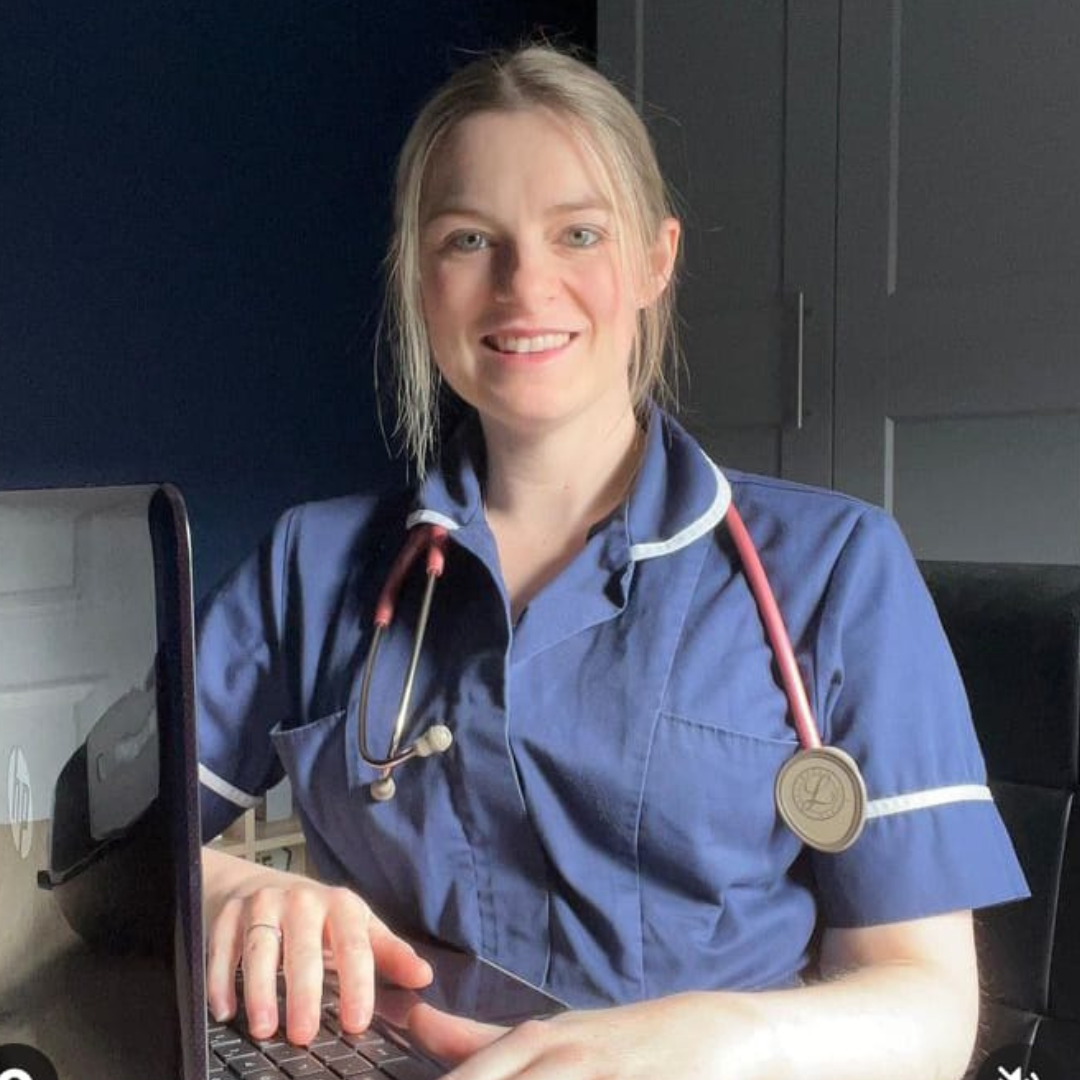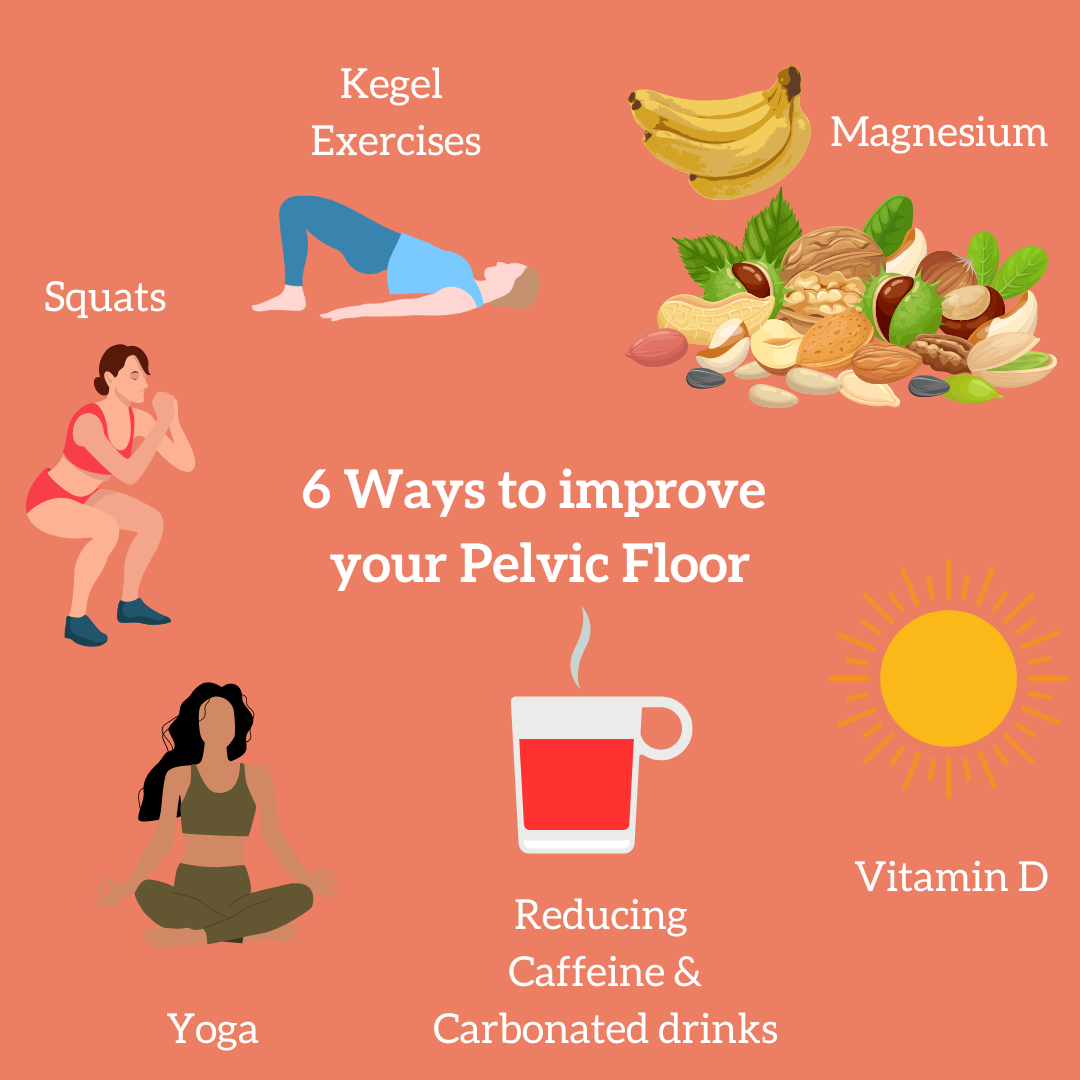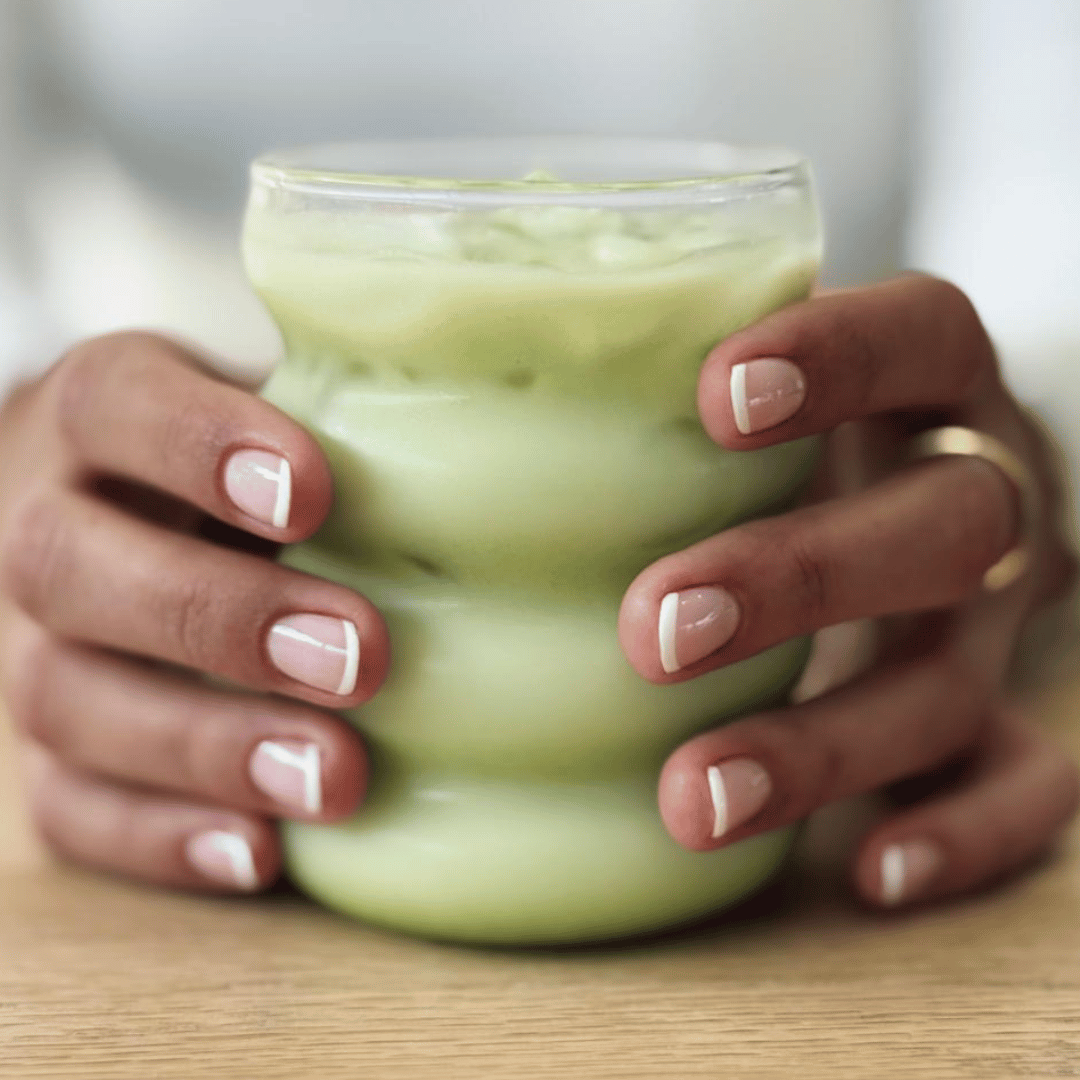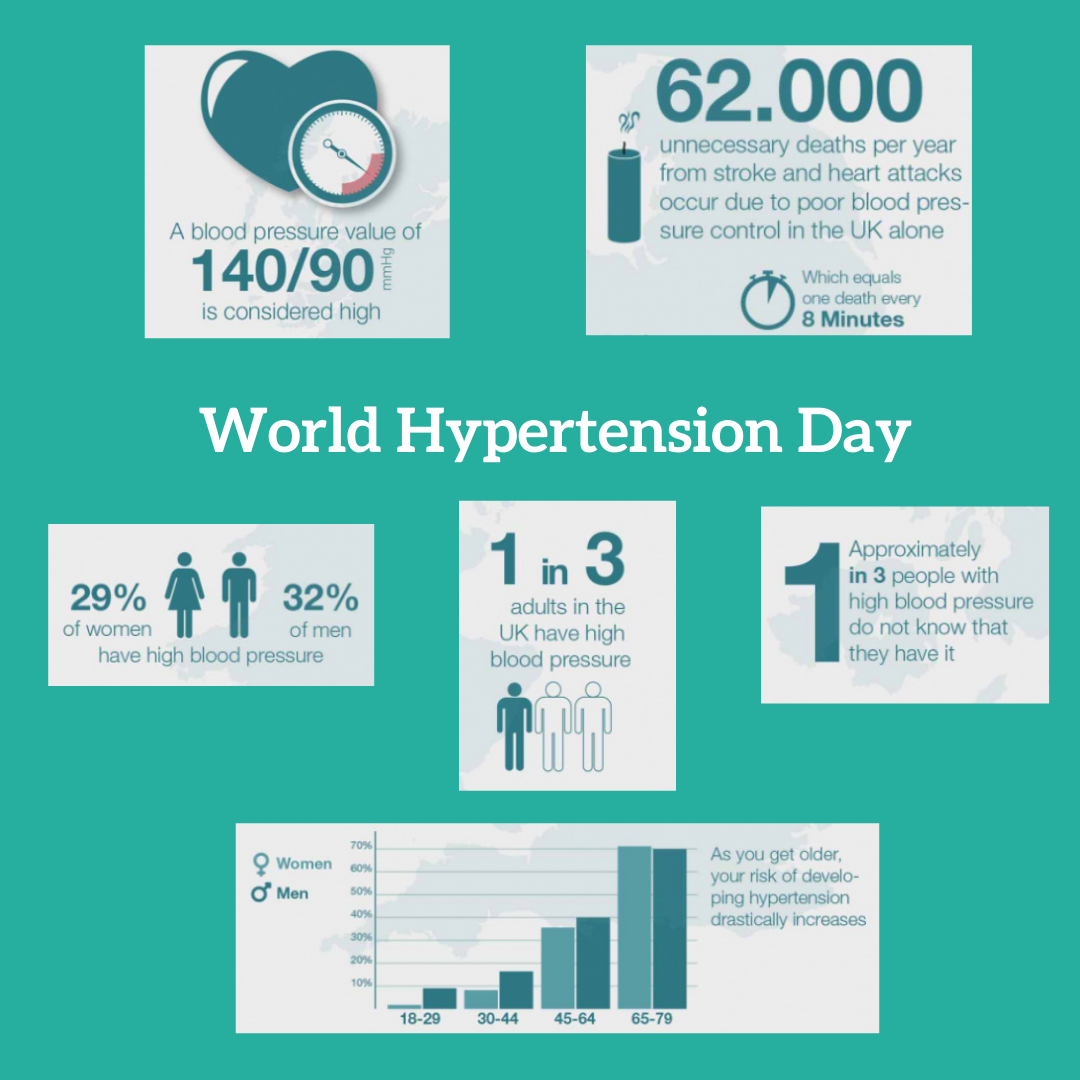International Day of the Midwife

Being a midwife is both the most wonderful and amazing vocation to be part of: but also arguably the most stressful. For every 29 midwives trained in the UK the profession only grows by one midwife on registration as the attrition rate is so high (as are many NHS based professions currently).
Why I chose to become a Midwife
Everyone who becomes a nurse, midwife or doctor has a different route into their chosen profession. I had a challenging childhood. I was a carer for my dad who was in and out of the cardiac ward at the PMH near us with heart and kidney failure. The nurses on that ward were phenomenal and there was one nurse in particular who always involved us and me and my sister used to call him ‘ginger spice’. He used to involve us, talk to use which as a 6 and 8 year old girls were exactly what we needed. Whilst I didn’t know I wanted to be a midwife then, I knew I wanted to do something caring based.
It was around the time of my mum having my youngest brother when I was 14 which sparked an interest in midwifery for me. I wanted to be at her birth (but she said no) and I started exploring my options. I attended some open days, joined NCT classes locally as a volunteer, volunteered in my local birthing centre making teas and coffees and getting to know what birth centres did, questioning midwives and support workers and then applied to university.
I had an old head on my young shoulders and whilst there was some naivety. I remember my first week of midwifery thinking I’m going to learn how to examine cervixes and being so surprised this is what midwives do as I hadn’t expected it! I also fell in love with everything midwifery stood for. The beauty of being with women, of supporting them through the transition to parenthood, witnessing love in relationships or parents first hand and being so privileged to be the person trusted to support them.
Training to become a midwife
There are three routes into midwifery, which can depend on your geographical location, and model of education where you are. The most common route into midwifery is the direct entry midwifery BSc course. This is usually 3 years in most universities (some offer it part time over 4 years).
The next option is to become a nurse first, train for 3 years at university and then obtain funding for a Midwifery BSc 18 month conversion course. Both courses are 50% theory, 50% placement working days, nights, weekends, bank holidays following your mentors in all areas of NHS midwifery. These are 45 weeks a year with only 7 weeks holiday (usually use for studying, essays and exams).
Another route into becoming a midwife is to do an apprenticeship. These are new, and you often begin with becoming a maternity support worker first on a training apprenticeship paid at band 2/3 for 18-24 months. This then enables the person to go onto a midwifery apprenticeship course paid at around band 3 or 4.
This then gives the person the ability to then undertake a further 18-24 of training which will then qualify the person to become a registered midwife. These are new and there aren’t very many areas offering this in the UK yet, and the courses/offerings vary based on the trust but these are a great way to become a midwife with less debt whilst being paid.
What does a midwife do?
In a nutshell anything from conception to postpartum. The majority of midwives provide direct care either in community or hospital settings caring for women from around 8-10 weeks all the way up to 28 days postpartum. The most common areas to work in are in the community, antenatal clinics, labour wards, birthing centres or triage units. Some midwives work in IVF or fertility clinics, early pregnancy units, some work in pregnancy advisory services or abortion clinics, some provide private
or independent midwifery services, some undertake further training to become specialist midwives, sonographers to undertake scans, managers, practice educators, lecturers, become health visitors, work in public health scenarios – essentially anything linked to pregnancy, birth or entering parenthood. Many midwives provide continuity of care too so women see the same midwife
throughout (gold standard care, but hard to implement without the number of midwives).
We hold hands with the women we care for, we aim to provide safe care for all. We try to educate, provide public health information and advice, listen, advocate, be there for women. We palpate bumps, check urine, blood pressures, pulses, temperatures or both mums and babies. We are a woman’s cheerleader both in pregnancy and birth. We signpost to other services from financial or social support to health and wellbeing services. We have to ask and respond to difficult questions,
we laugh with the women in our care, we cry with the women in our care. We are constantly learning and evolving, we have to be a chameleon able to change our approach for different scenarios, different situations, different women.
We are highly trained in both facilitating and witnessing physiological birth, but also there to jump in when emergencies happen. Most of us have a great poker face: we look like we are calm on the surface but paddling furiously underneath the water to stay afloat.
We are also human though and we don’t always get it right for every woman. And the stories both good, challenging or traumatic stay with us for eternity. We give so much of ourselves that sometimes we loose ourselves too in the job because midwifery is a part of our identity and it is the risk of choosing a caring vocation.
Midwifery during the pandemic
The pandemic has seen midwives have to work in different ways. To get to grips and embrace technology and for some areas this improved access to midwives in different ways: for others this significantly reduced access. There are still many parts of the country where antenatal classes have still not been reinstated yet. It has increased attrition rates of midwives too in the UK. We are still feeling the ‘aftermath’ of covid and adapting each day.
Five facts about midwifery
1. Midwife means ‘with woman’.
2. Male midwives became really popular in the 18th century. There are currently 40,058 midwives on the register as of 2022 (NMC equality and diversity report 2022) of which 0.3% 106 are males.
3. Midwifery was made legal in 1902 in Britain with the first Midwives act. In the USA midwifery is illegal in 15 states where they will not licence certified professional Midwives.
4. Many midwives were burned at the stake in the 14th -17th centuries across Europe for being witches.
5. Midwifery models of care have the greatest health and wellbeing benefits than any other model of care during pregnancy and birth. Midwifery led models reduce:
- Pre term birth
- Epidural use
- Instrumental birth
- Episiotomy rates
- Caesarean births
- Fetal loss before 24 weeks
Midwife led care models also improve spontaneous vaginal births and have a higher reported satisfaction compared to other care models of care during pregnancy.
This guest blog has been written by the fantastic Midwife Angie.
Midwife Angie, also known as @theecomidwife, teaches KG Hypnobirthing midwife led antenatal and hypnobirthing classes, accredited by the Royal college of Midwives.
Midwife Angie is also a registered and trained health visitor, baby massage practitioner, pregnancy masseuse and is aromatherapy trained. Her Instagram account @ecomidwife, offers honest advice and support to thousands of women.




Comments